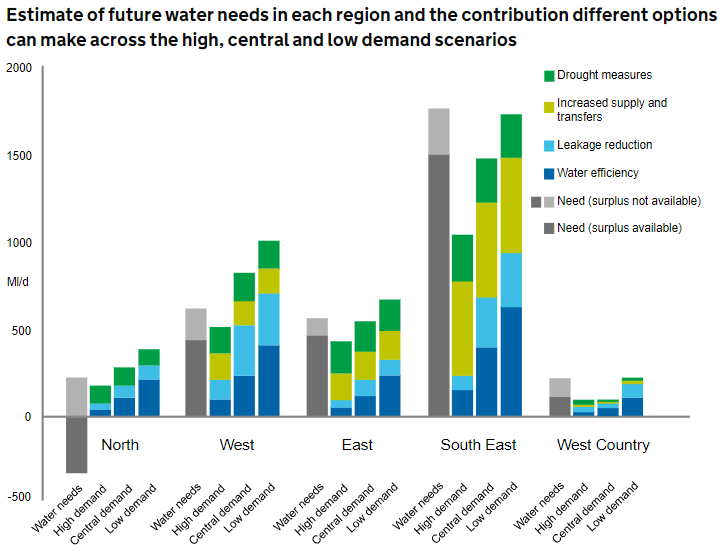Renowned AI expert and co-founder of Coursera, Andrew Ng, has recently shared a roadmap for creating successful AI startups in 2024. With his extensive experience, Ng offers valuable insights into the intricacies of the AI startup domain, providing entrepreneurs with a well-tested approach to building their ventures.The five essential steps outlined by Ng to create a thriving AI startup are:
1. Idea generation: The genesis of innovation
The journey begins with the inception of a distinct and verifiable idea. Often, the most promising concepts emerge from industry experts who possess a deep understanding of the domain and can identify problems that may elude outsiders. It’s essential to avoid vague notions like “AI in finance” and instead focus on pinpointing specific challenges and opportunities within the chosen industry.
2. Validation of the idea: Ensuring feasibility (1 Month)
The second step entails rigorous validation of the idea. This crucial month-long phase involves assessing various aspects, including:
- Market research: Investigate whether similar concepts have been explored in the market. Understanding the competitive landscape is vital for refining your idea.
- Market size: Determine the potential market size for your AI solution. Is there a substantial customer base that can benefit from your product or service?
- Target customer base: Identify your target audience and their specific needs. Does your idea address a genuine pain point for them?
Validation is a pivotal stage in the startup journey. It helps ensure that your idea is not just innovative but also feasible and aligned with market demands.
3. Hiring a CEO: The leadership puzzle (2 Months)
Selecting the right CEO is a critical task that requires careful consideration. The CEO plays a central role in driving the company’s vision and success. Key qualities to look for in a CEO include:
- Specialized expertise: An understanding of AI and the industry you’re operating in is essential.
- Industry contacts: Connections within the industry can open doors to partnerships and opportunities.
- Leadership skills: Effective leadership is crucial for motivating the team and making strategic decisions.
- Effective decision-making: The ability to make tough choices and steer the company in the right direction.
While finding a tier-1 CEO like Andrew Ng may be challenging, alternative strategies such as self-immersion or hiring experienced advisors can prove effective in securing the leadership needed for your startup.
4. Building a prototype to bring ieas to life (3 Months)
With the CEO in place, it’s time to embark on the journey of building a prototype. This phase involves rapid development and continuous validation of the idea at a granular level. The key elements of this step include:
- Collaboration: The team works closely with the CEO to refine the idea and translate it into a workable prototype.
- Rapid Iteration: Swift iterations are crucial to fine-tune the prototype and ensure it aligns with market needs.
- Client validation: Approximately 66% of Andrew Ng’s projects undergo this critical phase, where the goal is to attract early clients and secure initial funding.
Building a prototype is a pivotal step that brings your idea to life and positions your startup to attract clients and investors.
5. Pre-seed: Preparing for growth (12 Months)
In the final phase, your startup moves closer to becoming a viable business. This 12-month period involves several key activities:
- Finalizing the minimum viable product (MVP): Refine your prototype into a polished MVP that showcases your AI solution’s capabilities.
- Recruiting key managerial roles: As your startup expands, it’s crucial to bring in key managerial talent to support growth.
- Attracting clients:Begin acquiring early clients who can provide valuable feedback and serve as references for future clients.
During this phase, Andrew Ng’s VC injects $1 million into the company, providing essential resources for further development and growth.
The future of AI startups in Adapting to GenAI
As the AI landscape continues to evolve, it’s essential to consider how the timeline for building AI startups may change, potentially compressing certain phases. GenAI, the next generation of AI technologies, holds the promise of accelerating development processes. For instance, the ability to create prototypes for client validation more swiftly could become a reality.
Entrepreneurs and business owners must stay agile and adapt to these evolving technologies. The roadmap provided by Andrew Ng serves as a solid foundation, but it’s essential to remain open to innovations that can expedite the startup journey. As GenAI continues to advance, startups may find themselves reaching key milestones more rapidly, ultimately enhancing their chances of success in this dynamic and competitive landscape.
Building a successful AI startup in 2024 requires a well-structured approach that addresses the complexities of the AI domain. Andrew Ng’s five-step roadmap offers a proven method for aspiring entrepreneurs. By beginning with idea generation, validating concepts, hiring the right CEO, building a prototype, and preparing for growth, startups can maximize their potential for success.
As the AI landscape evolves with GenAI, entrepreneurs should remain adaptable and open to opportunities for acceleration. With the right strategy and a keen eye on emerging technologies, AI startups can thrive in this rapidly changing environment, pushing the boundaries of innovation and creating solutions that shape the future.





